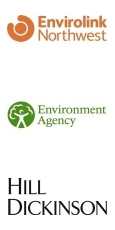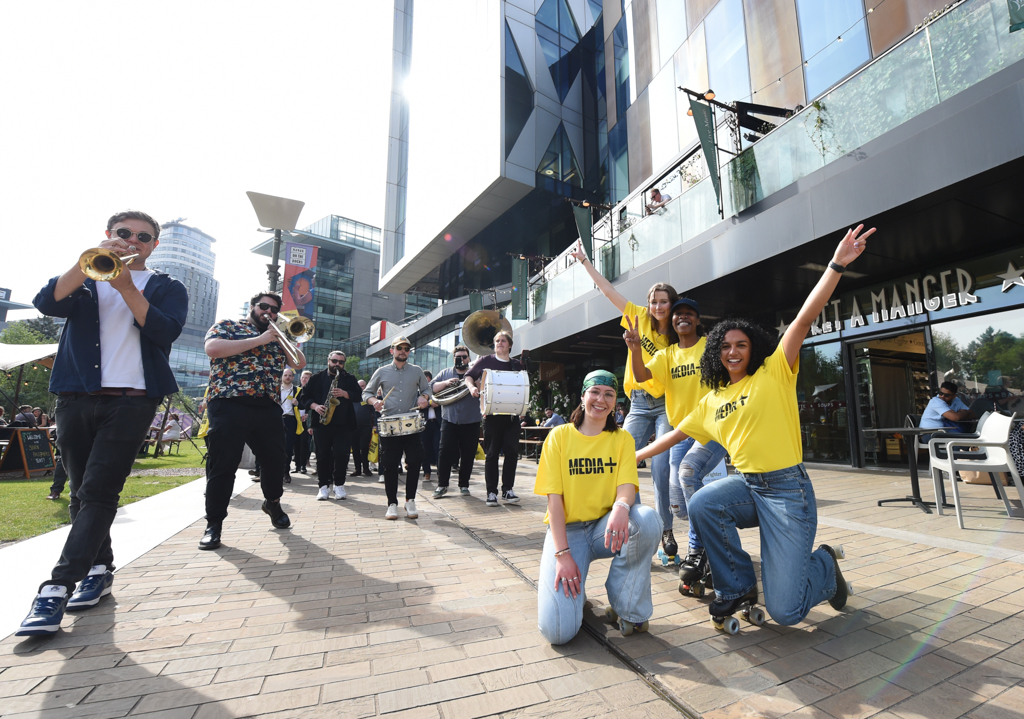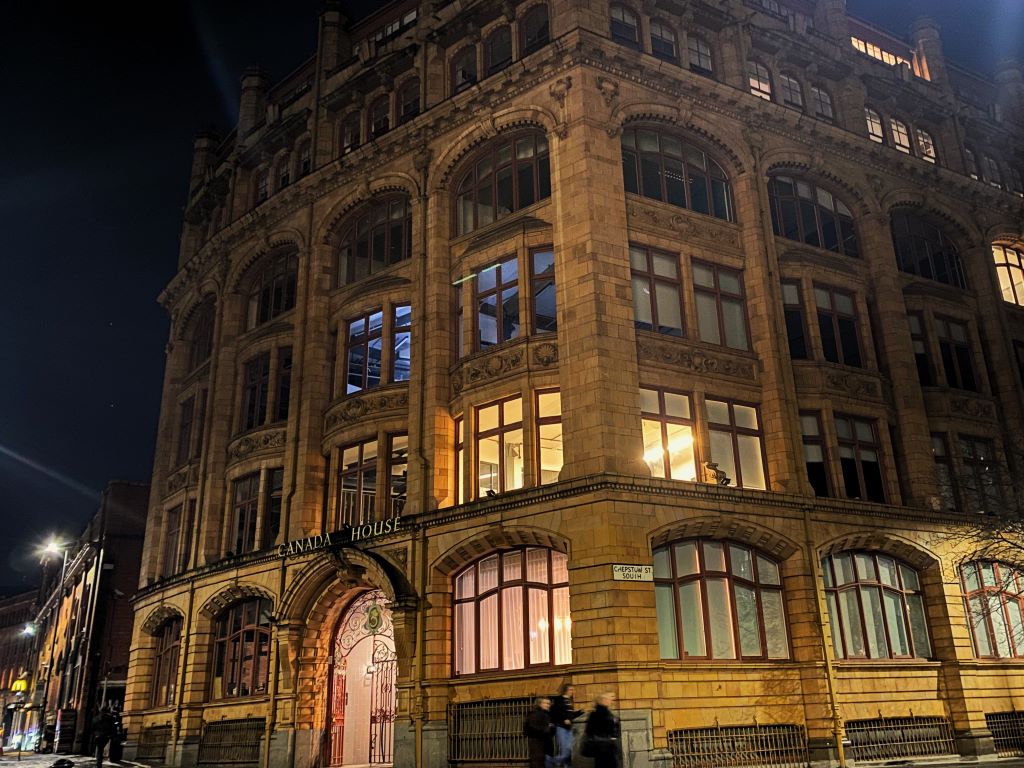Green Week: Transport & Infrastructure Economy
 Green Week on Place North West, published in association with the Environment Agency, Envirolink Northwest and Hill Dickinson
Green Week on Place North West, published in association with the Environment Agency, Envirolink Northwest and Hill Dickinson
What will the North West look like in 2030? asks John Thompson, strategy manager at the Environment Agency
The North West faces substantial infrastructure challenges to accommodate growth. Pressures associated with growth will be exacerbated by an old water and sewer infrastructure system, together with the urgent need to reduce the amount of waste going to landfill and the unavoidable impacts of climate change including increased risks of droughts and flooding.
The North West Regional Strategy (RS2010) has asked how will the Northwest meet the critical infrastructure needs particularly electricity, water and waste to drive growth in the region.
Delivering this will set us on a clear course to developing a more sustainable economy based on growth within environmental limits whilst achieving social goals.
However, we need to ensure we understand the full implications of the region's growth ambitions, the potential conflicts arising from the spatial distribution issues which might arise.
We need to ensure we have the right housing and infrastructure for sustainable growth. There is a real need to target infrastructure provision to provide clean water, safe handling of our waste and sewage and protection from flooding, as well as the supply of electricity and other energy.
Over the lifetime of RS2010, the changing climate will start to impact in a number of areas, including infrastructure. For example, over 200,000 properties in the region are already at risk of flooding, and changes in rainfall patterns and the rise in sea levels will increase this number in future. We have already seen the damage that floods can cause in local areas. There is also potential for increased instances of very high urban temperatures, which could impact on business productivity and personal well-being.
Transport is a key theme throughout RS2010. Among the recommendations are developing a transport framework that…
…improves connectivity to, between and within the city regions, and between rural areas and urban hubs, including between Pennine Lancashire and Preston/Manchester and between north Cheshire and Liverpool/Manchester;
…maintains existing transport infrastructure in good order;
…improves connectivity, journey time reliability and tackles congestion and overcrowding in the region's main road and rail corridors particularly within and between the city regions of Liverpool and Manchester (including the Manchester Rail Hub)
…secures a shift towards the use of more sustainable modes of transport, including reducing the need to travel, especially by car, to encourage people to meet their needs locally and make best use of existing capacity;
…secures safe and efficient access between residential areas and key destinations, including centers of employment, schools, shops and other services;
…improves accessibility to employment and services, particularly for people with disabilities and in isolated communities;
Statistics for transport in the North West
- 64% of travel (by passenger per km) is by road
- 33% by air
- 2% by rail
- and 1% by water
Since 1996 the volume of traffic on the region's major roads has increased by 16%, leading to severe congestion on main routes, and this is expected to worsen as traffic is projected to increase a further 27% by 2020
- Since 1990 the demand for bus travel has reduced while the number of rail journeys has increased by 20% but capacity issues on the rail network are a significant concern for growth particularly if modal shift continues
The region has strong international connections, with Manchester Airport currently handling over 20m terminal passengers a year, Liverpool John Lennon Airport 5.5m passengers and Blackpool around 500,000 passengers;
- The region's ports handled 45m tonnes of cargo (8% of total), but 21 million tonnes of this was distributed inland by road, adding to traffic and road transport emissions. The post-Panamax facilities at Liverpool, part of the Superport concept, will create significant new opportunities for the region
82% of Northwest businesses use computers and 76% have internet access, with 87% of sites using broadband for their connectivity.
- Businesses with highest level of ICT adoption have the highest growth prospects;
There are significant challenges for water, energy and waste infrastructure, particularly in supporting growth in Manchester and Liverpool city regions; and transport contributes 32% of carbon emissions, which is projected to increase to 39% by 2020.
For more information on RS2010 log on to http://www.nwregionalstrategy.com/



